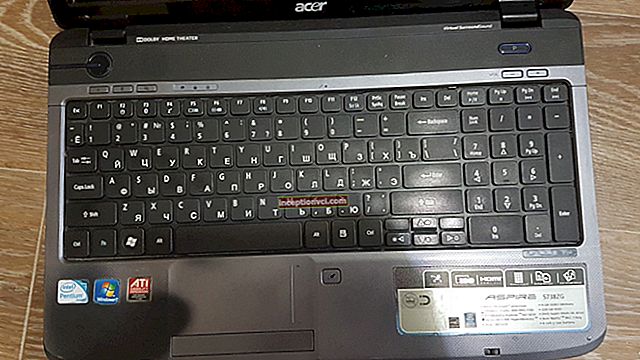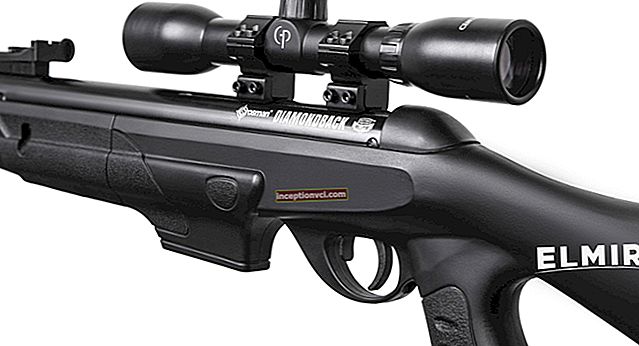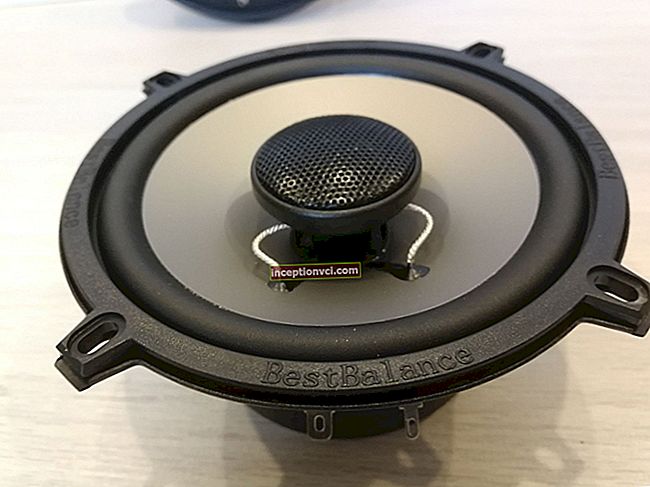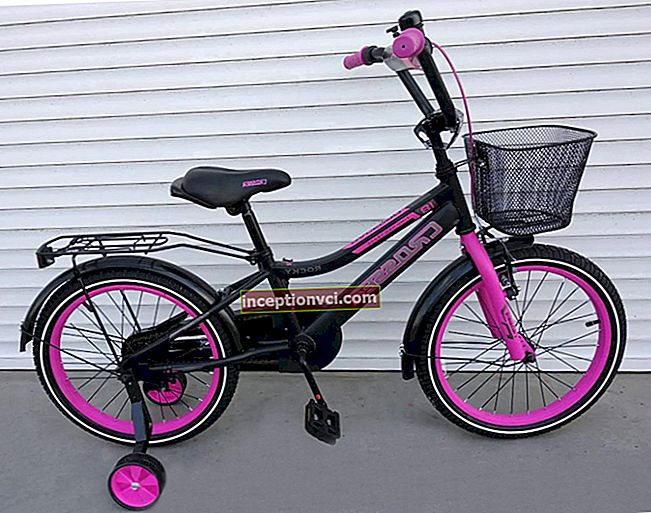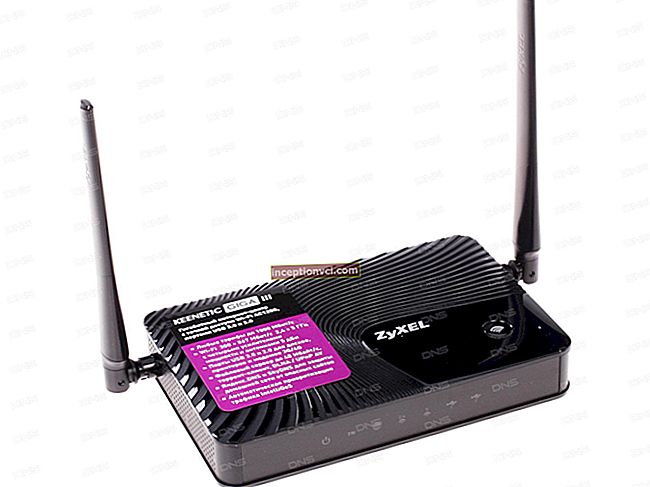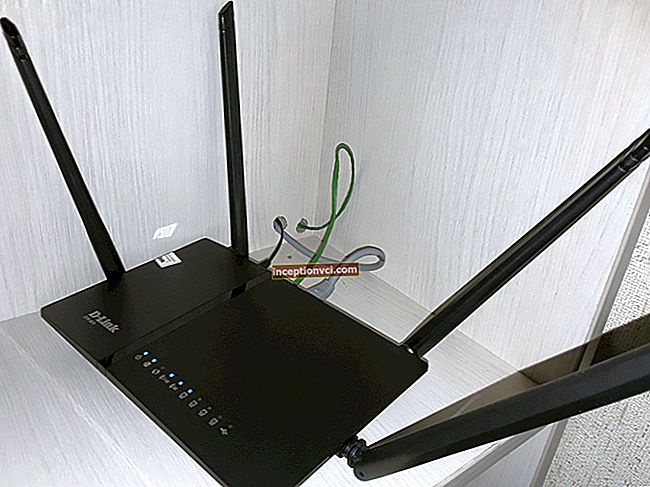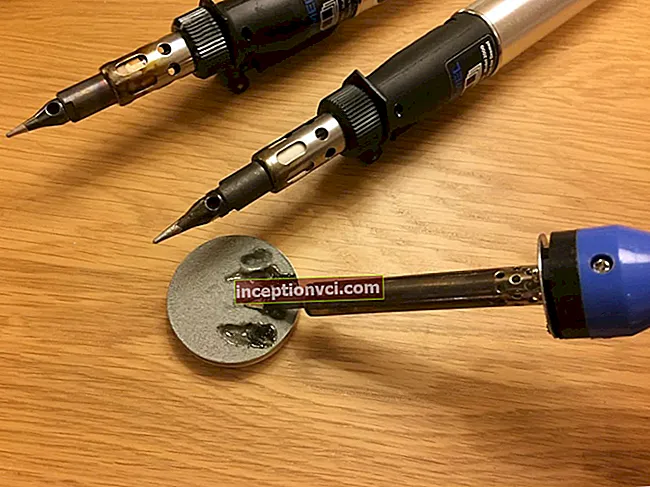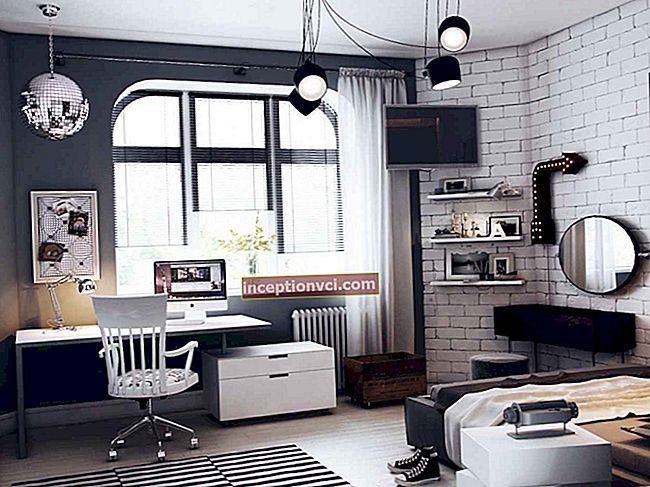Today, almost everyone in the apartment has a computer and a TV, often flat-panel. In addition, many have other digital devices such as a multimedia network player, game console, or digital video recorder. And of course, every PC owner has a collection of digital content, including photos, music or videos, for sure. Individually, each of these devices regularly performs its functions, but the question arises: how to get access to all this everywhere and preferably at the same time? In other words, how do you manage the exchange of data between all this technology and the existing digital content? The answer is obvious: you need to build a home network. What options exist for building your own network media center will be discussed further.
Multimedia Home: Three Whales of Building
Naturally, it is rather difficult to immediately answer the question of how to build such a network, since initially understanding the essence of the problem is limited to questions like "how can I watch movies from a computer on a plasma / LCD panel" or "how to listen to music from a hard drive on the turntable in the kitchen. " There are a lot of solutions for this, so in order to do everything right, with minimal costs and maximum convenience, you need to clearly understand what exactly you want to get and what funds are ready to allocate (without this, unfortunately, nowhere).
The first thing to keep in mind is that building a home multimedia network requires three main components: equipment for displaying images and / or sound, a device for playing media content and, of course, the place where this content will be stored. It is with the latter that it is worth starting the story.
A budget option
The simplest and cheapest option for storing multimedia data is by far the PC option. It can be either the main machine or an old "basin" that is not suitable for anything more essential (although its resources may not be enough for serious tasks, for example, FullHD playback). In any case, when building a home multimedia network, the computer will be used as a server. In the simplest case, when the PC is connected directly to the playback medium (TV, music center, etc.), you will not have to buy any additional devices (except for the option when you purchase an additional hard drive for additional storage). It is impossible to call such a method of organizing a full-fledged multimedia network - after all, often the purpose of building such a network is not only to reproduce information on various devices, but also to minimize body movements in order to achieve this result. On the other hand, as a budget option that does not require large costs, a direct connection will do quite well, and we will talk about more advanced methods later.
So, our goal is to output multimedia data (audio and video) to playback devices that provide better quality than conventional computer speakers or monitor. In the first case, there should be no special problems - even fancy 5.1 or 7.1 systems can be connected to a PC with a built-in sound card and an old AC 97 driver by reconfiguring the appropriate ports and specifying the type of system. If your PC has an S / PDIF connector (and most modern speaker systems have one), then there shouldn't be any problems at all. It should also be noted that the connected speaker system must be active (have a built-in amplifier). If this is not the case (the system is passive), then either you will have to buy a separate receiver (and the price for them is quite high), or nothing sensible will come of this venture.But when connecting a TV to a PC, there are many more options. It should be noted right away that, contrary to popular belief, you can connect not only modern digital panels to a PC, but also old analog TVs. True, there will be little sense from this - due to the peculiarities of the NTSC, PAL and SECAM standards, it is often impossible to display a picture on an analog TV that will correspond to a computer resolution above 640x480 pixels. Of course, this is clearly not enough for comfortable watching movies. But if you nevertheless decide to connect an analog TV to a computer, then for this you should use RCA or S-Video connectors - they are present even on outdated video cards. A digital TV can be easily connected via an analog D-Sub port or digital: DVI or HDMI. It is worth noting here that the DVI port is much more common on budget and mid-range video cards, while digital panel manufacturers prefer to equip them mainly with HDMI, so you may have to use an adapter to connect. True, manufacturers of video cards often include such a cord in the set of a video card, and even if this is not the case, the cost of the adapter itself is quite low.
While it is natural for the average user to use a PC as a home storage medium for media content, it has several significant drawbacks. In fact, in this case, the computer must be running 24 hours a day, 7 days a week, if, of course, you want to have round-the-clock access to your video and music library. Obviously, a simple computer is not designed to work in this mode. In addition, a working PC is quite noisy and at night it can prevent you or your household from falling asleep. Therefore, it is better to use a special solution as a warehouse for films and audio collection - for example, NAS.
Nas
A NAS is a separate computer with an embedded operating system (most often Linux) and its own large hard drive. Usually such devices are not equipped with a screen and keyboard, and control and configuration are performed over the network, often using a browser, connecting to the device at its network address. The advantage of such a device is its lower power consumption compared to a PC, as well as quiet operation. In addition, a full-fledged media server with a multimedia library and support for downloads from the Internet, including using various torrent clients, can be deployed on the NAS. By the way, most models have preinstalled software for these purposes, but they also support the installation of third-party programs. Another important advantage of such systems is their relatively low cost (when compared with full-fledged servers) - at home you can install a NAS for $ 350-500.
As a playback device, you can use a network multimedia player (for example, QNAP NMP-1000P), which is connected to the NAS via an Ethernet connector via a network card or via a Wi-Fi wireless adapter (in this case, it is better to use Wi-Fi as a communication link). Fi router).
Among the routers available on the market today, one of the best options will be a model from D-Link Dir 300

Accordingly, the network player is connected to the TV using the component, composite or HDMI output, depending on which connectors it has. After that, the content from the NAS device can be controlled using the TV remote control.
Instead of a network multimedia player, you can use a DVD or Blu-ray player, which has a hard drive and / or Ethernet output - in addition to optical discs, they can also play video and audio files directly from a hard drive (computer or their own). In addition, modern devices in this category have large enough hard drives that can be used not only for storing a multimedia library (while freeing up free space on a PC's HDD), but also for backing up important information from a computer. Of course, the functionality of such devices depends on the price category - for example, not all recorders have the ability to directly connect to a computer using a USB interface or an Ethernet port.
An example of such a device would be Pioneer BDP-LX52
And the volume of the hard drive, the supported media and file formats also depend on the price of the product. So for a full-fledged interaction of the recorder with a PC, you will have to fork out more than buying a simple recorder, which only knows how to copy information from disks and record television programs. True, there are some nuances here too. The fact is that some manufacturers "sharpen" their devices for viewing licensed content (to a greater extent this applies to Blu-ray players), that is, the player will be able to play optical discs, and also search the Internet for paid resources selling video content. At the same time, it simply will not "see" your "shared" data on the hard drive under Windows. In this case, you will have to deploy a special Samba server that allows you to access network drives on various operating systems using a special protocol. Basically, there are also Ethernet-enabled TVs that can connect to your NAS directly through a router. In addition, these TVs can connect to the Internet to search for content on popular audio and video hosting services. But this, of course, is a very expensive pleasure. In this case, you can use the model Samsung UE-55C7000 And, of course, do not forget about such a category of devices as network multimedia players. These devices are specially adapted to work over a network, so they often have the ability not only to Ethernet connections with other devices, but also to transfer data over Wi-Fi, as well as a wide range of ports for connecting a variety of multimedia devices. Depending on the price, such devices can also be equipped with hard disks, being a kind of multimedia server (although, of course, you shouldn't confuse it with a NAS). Projector pleasure Another option for equipping a cozy cinema at home can be the use of a projector instead of a TV. There are enough devices of this type on the market in different price categories, but to achieve maximum results, you should not skimp and buy a functional model of the type Acer P5403 (of course, if possible) The advantages of this option are obvious: modern projectors not only support Full HD, but also have a sufficient margin of brightness and contrast to work even in a lit room and display a high-quality, bright and rich picture. And the size of the image that can be displayed with their help cannot be compared even with the most "high-diagonal" TVs - the main thing is that there is a surface where to display it (the wall of the room is perfect for this, fortunately, the fashion for hanging carpets on them passes). And in computer games, the use of a projector promises a significant increase in the entertainment of the latter - imagine the same Crysis or CoD 4 not on a 22-24-inch monitor, but on a wall with a two or three meter diagonal. In general, which option to use is up to you, but even the simplest and cheapest of the presented ones is able to “simplify life” and bring maximum pleasure from watching your favorite movies or listening to music.


